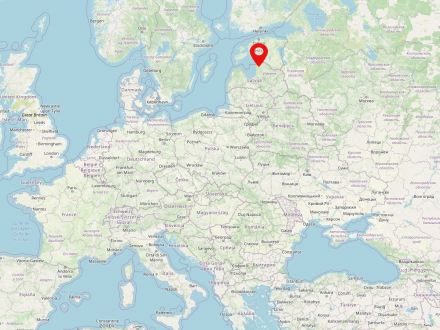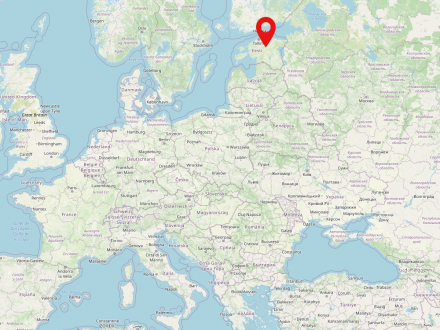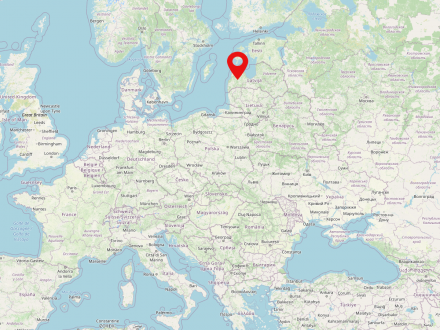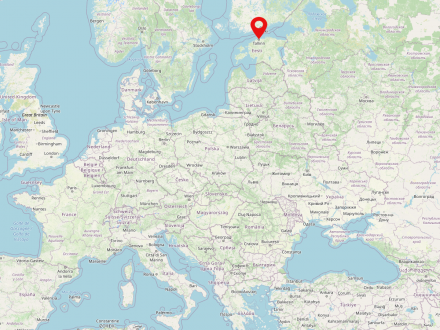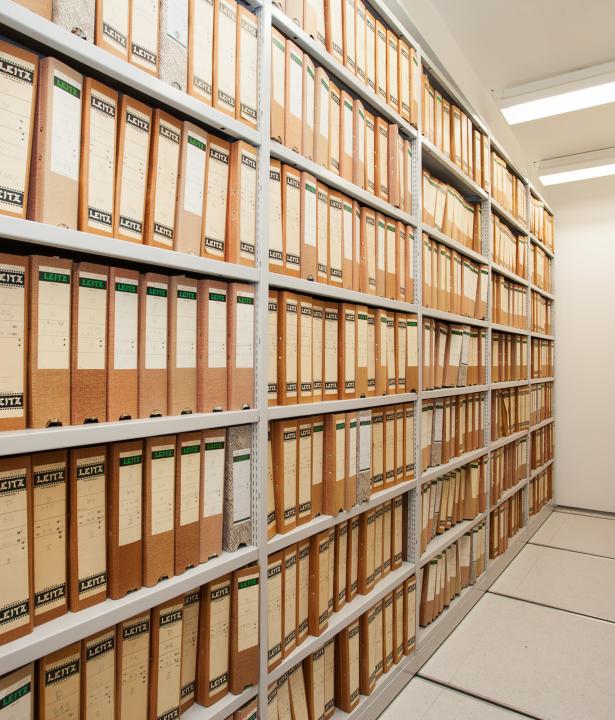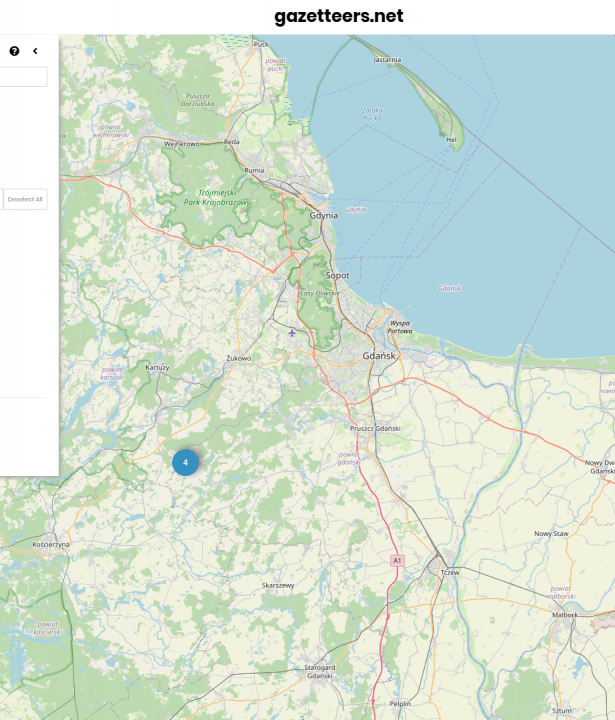Livonia (latv. Livonija, est. Liivimaa) is a historical landscape in the Baltic States. Nowadays it includes parts of southern Estonia and northern Latvia. The landscape was named after the Livons who once lived there.
Estonia is a historical landscape in northeastern Europe and includes the northern part of the present Estonian state. Until 1918, Estonia was one of the three Baltic Sea governorates of the Russian Empire, along with Livonia and Courland.
Courland is a historical landscape in the west of Latvia. Courland is situated on the Baltic Sea and borders two other Latvian regions - Livonia and Semgalia - and Lithuania to the south. The major cities of Courland include Jelgava, Ventspils and Liepaja.
Tallinn (until 1918 Reval) is the capital of Estonia. It is located in the Harju County, right on the Baltic Sea and is home to about 434,000 people.



